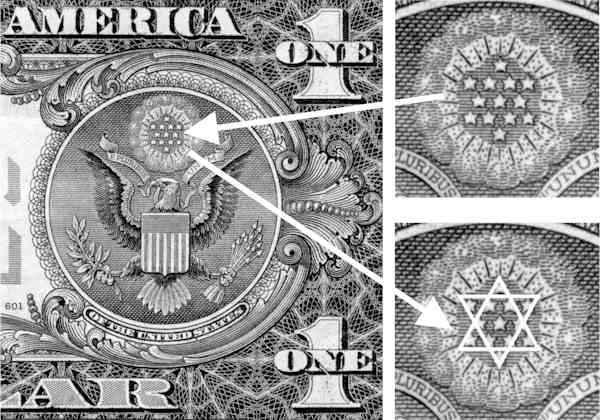 “No man can give any account of the Order of Freemasonry, of its origin, of its history, of its objects, nor any explanation of its mysteries and symbols, which does not leave the mind in total uncertainty on all these points.” – Adam Weishaupt
“No man can give any account of the Order of Freemasonry, of its origin, of its history, of its objects, nor any explanation of its mysteries and symbols, which does not leave the mind in total uncertainty on all these points.” – Adam Weishaupt
The era of the Age of Enlightenment during the 17th and 18th centuries gave rise to numerous cultural and scientific advancements around the world. Reforms in the ways society reasoned, and challenges to tradition and faith, were common practice during these years. Advancements in scientific knowledge also prompted skepticism and encouraged independent thinking. One of the most notable groups to have emerged from this period of Enlightenment, was the Bavarian Illuminati. This organization is believed to have formed as a way to promote questioning of the status quo, and as a way to encourage opposition to intolerance of governmental and religious oppression.
When Was the Illuminati Founded?
Founded on May 1, 1776, the Illuminati formed with a core group of five men as the Ancient and Illuminated Seers of Bavaria, in upper Bavaria. The Illuminati, as it has become to be known, had perhaps a unique membership list, as well as an intriguing list of goals that would eventually make both governments and religious orders sit up and take notice, and take drastic measures as a result.
1776 is the same year, the country of America was founded. Is that a coincidence, or part of the Illuminati plan?
Although it wasn’t the first group in history to promote what might be considered radical ideas at the time, the Illuminati took shape under the direction of just a small number of individuals.
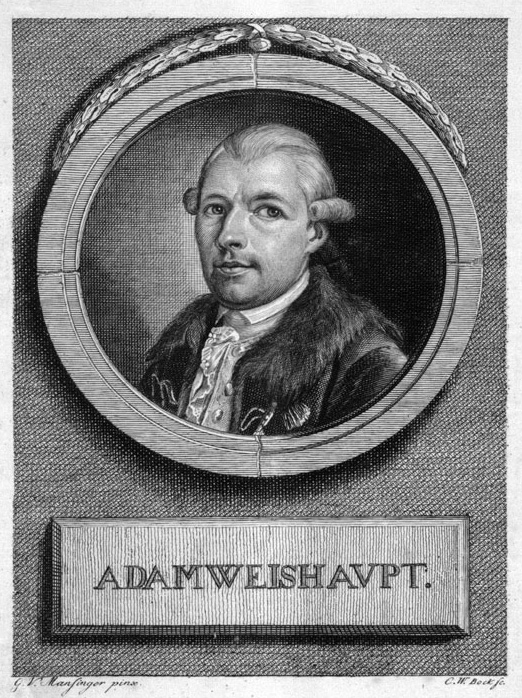 Who Were Some of the First Members of the Illuminati?
Who Were Some of the First Members of the Illuminati?
The first membership of the Illuminati included just five men, and perhaps the most notable among them was Adam Weishaupt, who is generally considered to be the founder of the organization. Born February 6, 1748 in Bavaria, Weishaupt began attending a Jesuit school by the age of just seven years, and eventually went on to graduate from the University of Ingolstadt, in 1768 with a Doctorate of Law degree. He used this academic training to become a professor of law, and eventually went on to become a professor of canon law; a highly regarded station, that during this time was reserved only for Jesuits to hold.
It was during this time, that Weishaupt began to formulate his ideas that would eventually align with the original foundation of the ideas behind the Illuminati. Those ideas were increasingly in direct conflict with the ideas purported by the Jesuit teachings, but he went ahead and acted on his beliefs that had been growing within him, and through which could be seen the ideas grown out of the period of Enlightenment.
Weishaupt originally wanted to refer to the organization as the Order of Perfectibilists, and referred to himself as Brother Spartacus. The group of five men, eventually grew to an international group of influential and powerful leaders. Noblemen, the wealthy, the industrial savvy, and even some men with mysterious pasts were all linked to membership within the group. The characteristics of members appear to have included powerful, wealthy, independent thinkers, who were interested in innovation in society, religion, and government. Many of them were disenfranchised with the decisions and actions of religious orders, particularly the Roman Catholic Church, and the governments of Europe that were considered oppressive by many.
The quote below is by Adam Weishaupt (code named Spartacus) – Founder of The Order of the Illuminati on May 1, 1776. Weishaupt was initiated into the Masonic Lodge “Theodor zum guten Rath”, at Munich in 1777.
“In secrecy our strength principally lies. On this account we should always conceal ourselves under the name of some other association. The inferior lodges of Free Masonry are the most convenient cloaks for our grand object, because the world is already familiarized with the idea that nothing of importance, or worthy of attention can spring from Masonry.”
“The great strength of our Order lies in its concealment; let it never appear in any place in its own name, but always concealed by another name, and another occupation. None is fitter than the lower degrees of Freemasonry; the public is accustomed to it, expects little from it, and therefore takes little notice of it. Next to this, the form of a learned or literary society is best suited to our purpose, and had Freemasonry not existed, this cover would have been employed; and it may be much more than a cover, it may be a powerful engine in our hands. … A Literary Society is the most proper form for the introduction of our Order into any state where we are yet strangers.”
“No man can give any account of the Order of Freemasonry, of its origin, of its history, of its objects, nor any explanation of its mysteries and symbols, which does not leave the mind in total uncertainty on all these points.” – Adam Weishaupt
How Was the Illuminati Organized?
The members of the Illuminati were divided into three separate groups within the order. These three classes included the Novice, Minerval, and Illuminated Minerval. These were further divided into several Degrees, totaling ten in all, and from which a pyramid hierarchy can be seen. According to some accounts, those ten Degrees were further divided into thirteen Degrees, or internal levels.
The Novice Members
If you’ve ever heard of a fraternity soliciting members, this might be the closest comparison to entering the Order of the Illuminati. The newest members were attracted through the premises put forth by the order – i.e. personal betterment and attainment of wisdom. Those who were approached to join this very elite society were not told the full details of the Order, and they were not told who else might be members of the group (especially member of a higher Degree). The superiors who overlooked their recruits would determine when it was time for the Novice to be promoted to the next level – Minerval.
The Minerval Members
Stemming from the name Minerva, a Roman goddess of poetry, medicine, wisdom, and music among other things; this second class of the Order of the Illuminati was symbolized by the Owl of Wisdom, just as the goddess Minerva was often depicted with such a symbol. This Owl of Wisdom can still be seen within the symbols of many modern organizations. The members of the Minerval class were able to meet some of the higher ranking members of the group. They were also indoctrinated into more of the core beliefs about humanity, government, and society.
The Illuminated Minerval Members
The achievement of reaching the highest level of the Order, the Illuminated Minerval class, did not happen easily. To reach this highest class, members had to commit to perfecting specific projects or professions, and they had to lead those in the Minveral class as well. Members were to constantly seek ways to learn more about human nature, scientific advancements, and to find freedom from political restraints. They were expected to live in such a way that would contribute to the overall goals of the organization.
As the Order grew, the classes eventually changed to some extents. Instead of Novice, the first was called Nursery, which included several smaller subgroups or Degrees. The second level was still known as Minerval, but this was subdivided into five other Degrees. The third and highest level known as the Mysteries, was divided into four subcategories.
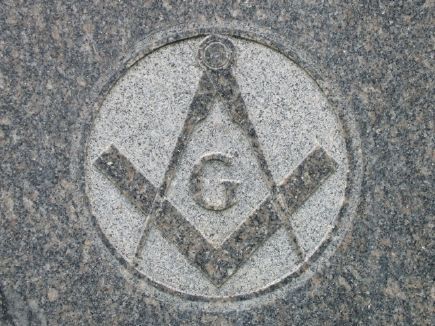 The Order of the Illuminati and the Freemasons
The Order of the Illuminati and the Freemasons
If you’ve heard of the Illuminati, chances are you might have heard of Freemasonry. The debates continue as to just how closely tied, if at all, these two separate organizations were. It has long been reasoned that the ties between the two organizations, the Freemasons and the Illuminati, do exist and are perhaps quite strong. Many of the original Illuminati members came from Freemason or Masonic Lodges, and many of the premises for the Order of the Illuminati, mirror portions of the foundations of the Freemason movement.
Freemasonry developed several hundred years prior to the establishment of the Illuminati, but many of the ideals and goals of the groups overlapped, if not coincided with each other’s. Betterment of humanity and increased pursuits of wisdom and advancement were both embraced by the Freemasons and the Illuminati.
After just a year as a formal, yet somewhat secretive, group, Weishaupt formally joined the Masonic Lodge of Theodore of Good Counsel in Munich a year after he formed the Illuminati. Here he promoted his ideas, which were not always welcomed by those at the Masonic Lodge, but that he attempted to meld together into a more singular agenda. This merging of ideas and ideals seemed even more likely when Baron Adolf Franz Friederich Knigge joined the Order of the Illuminati. Knigge already had Masonic ties, and he was the one responsible for reorganizing the Illuminati’s three-tiered hierarchy. The influence of Knigge is often looked at as the tie that bound the two societies together.
What Were the Goals of the Illuminati?
There were several goals of the Order of the Illuminate that all seem to reflect to some degree the ideas that were born from the Age of Enlightenment. These goals are ‘alleged’ to have included:
• Eliminating the influence and control that the Roman Catholic Church appeared to have over governmental decisions
• Ending prejudice, including efforts to accept women’s intellectual capabilities and other abilities on a more equal scale
• Pursuing independent scientific exploration not reliant on government or religious guidance
• Allowing for philosophical freedom in the pursuit of richer human nature
Because the Illuminati has a past of secrecy, there are no real public pronouncements about a formal agenda that was publicized.
What Happened to the Illuminati?
You very well may have heard of the Order of the Illuminati in modern media, pop culture, discussions, and even in connections with current fraternal organizations. However, the formal and original Illuminati order was actually quite short-lived. In 1784 the Bavarian government, along with pressure from Catholic leadership, outlawed secret societies such as the Illuminati. Such organizations were threats to government control and it appears that documents found that challenged the agenda of the government were extremely threatening, if only in the way of proposing change.
Weishaupt, in response to the government’s position against what was deemed his secret society, also lost his position at the University of Ingolstadt. He fled Bavaria in attempts to be safe from possible persecution and prosecution for his activities in the Order of the Illuminati. The other members of the group appear to have dispersed as well, each moving on to separate and somewhat distinct pursuits.
Where Is the Illuminati Now?
Even though the formal Order of the Illuminati lasted less than ten years, a relatively miniscule amount of time in the picture of history, the lasting influence has been extraordinary. While the original disbanding occurred because the Illuminati was essentially outlawed, the seeds of the ideas appear to have been planted.
It is widely considered a strong possibility that the relationship Weishaupt created between the Order of Illuminati and the Freemasons laid the foundation for a connection to ever remain. In fact, some feel that the founding fathers of America were Freemasons who strongly aligned with much of the Illuminati doctrine. Some of the more extreme arguments even say that the Illuminati, through the Freemasons, was responsible in part for the French Revolution.
Today the term Illuminati often refers to a number of secret society organizations who claim to have ties to the original Bavarian Illuminati. However, no clear and distinct ties can be found that directly tie modern groups to the original Order of the Illuminati.
I will end this article with a quote from 33rd Degree Freemason, Manly P. Hall: Secret societies have existed among all peoples, savage and civilized, since the beginning of recorded history…It is beyond question that the secret societies of all ages have exercised a considerable degree of political influence…

Moe is the founder of GnosticWarrior.com. He is a father, husband, author, martial arts black belt, and an expert in Gnosticism, the occult, and esotericism.


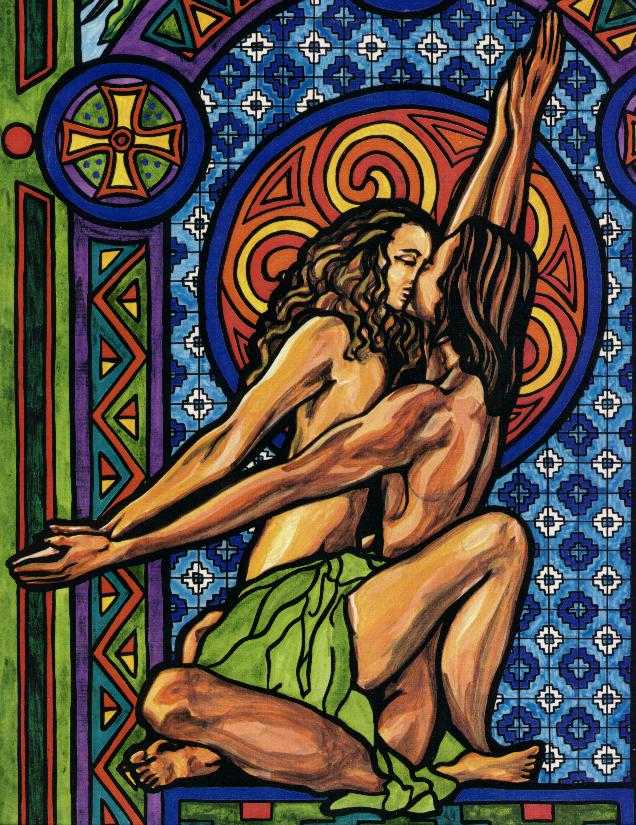
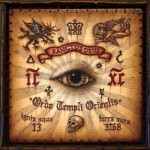
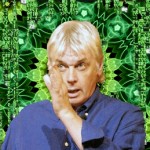

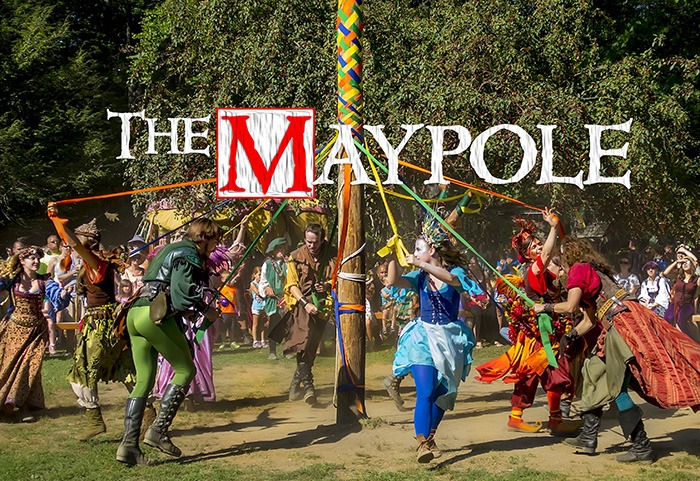
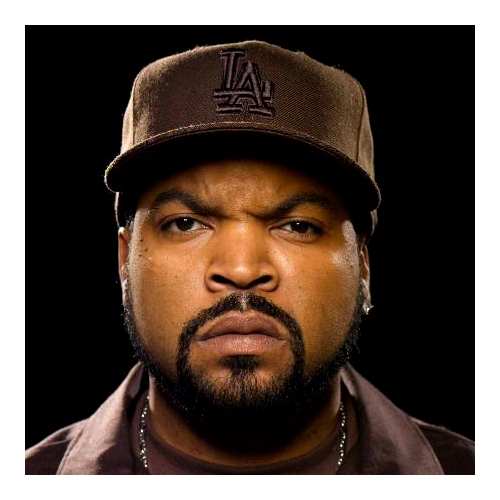
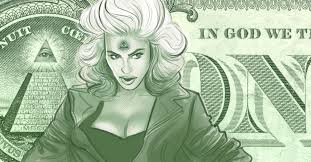
Well moe r u goin to anwser her question???
Moe, when did the current Illuminati/NWO, with its deceitful practices of population control, GMOs, etc., begin? How is this related to the Bavarian Illuminati and the Freemasons of today? How did the goals of helping humanity turn into the direct opposite? Thanks.
Hi Nancy and sorry for my late reply. These practices have been around for a long, long time. Well before the alleged Illuminati or TPTB who rule over us now. They have always worked at managing people while maintaining control. This was perfected in Egypt and Greece through religion and propaganda. They have helped humanity by giving us free will choices and humane methods to freely choose our destinies as either pawns, bishops, queens or kings. We all choose who we wish to be on the grand chess board and on this same said board are various pitfalls, obstacles and bother right and wrong choices that can determine our fates as well. This is much better than a society and government that manages their populations strictly by a sword, chains and death. In this man made world, we can choose to live by the sword, pen, back hoe, computer and so on. And our deaths by the sword, smoke, food, thoughts etc where we literally choose our own fates and yes, knowledge is key in this game of survival of the mentally and Gnosticly fit.
Haven’t responded to you for months, but you might understand why this is amusing. I know someone who has gone futher and further into some very strange beliefs. He currently believes that the Illuminati are talking to him and I just think someone is messing with him and he may have watched a Dan Brown movie. He also thinks Satan is from pluto because a scripture says he fell from the heavens. He then decided that Jesus Christ is some tall white guy with blonde hair. After this I lost patience and kicked him out of my home and told him go find either Christ or the Illuminati or a secret order of vampyres and bring them back. Thankfully I haven’t heard from him since, but I do think I probably should have told him go find BigFoot and that would have been just as well.
peace